Kia is on a roll with its SUV line-up. The Stonic light SUV is selling like hotcakes, the Seltos small SUV is hugely popular with long wait lists for higher grades and the large seven-seat Sorento has won a lot of praise from reviewers.
That means there’s a bit of pressure on the new-generation Sportage that just landed in showrooms.
Medium SUVs represent one of the biggest market segments in the country by sales, and with impressive rivals like the Toyota RAV4, Mazda CX-5, Volkswagen Tiguan and Ford Escape, to name a few, any missteps by Kia will be noticed.
The flagship Kia Sportage GT-Line diesel certainly has show-stopping looks, but is there more substance to the Korean contender?
Kia Sportage 2022: GT-Line (awd)
| Engine Type | Turbo 4, 1.6L |
|---|---|
| Fuel Type | Unleaded Petrol |
| Fuel Efficiency | 7.2L/100km (combined) |
| Seating | 5 |
| Price From | $45,430 - $52,800 |
| Safety Rating |
|
Does it represent good value for the price? What features does it come with?
The GT-Line turbo-diesel all-wheel drive represents the flagship of the Sportage range. The diesel adds a $3000 premium over the turbo-petrol GT-Line and is priced at $52,370 before on-road costs.
Kia might have shed the cheap and cheerful brand image in recent years, but that doesn’t mean the company has dropped its focus on value-for-money.
As the highest model grade, the GT-Line features niceties like eight-way power front seats, leather-appointed seats with artificial suede, heated and ventilated front seats, dual-zone climate control, a panoramic sunroof, alloy sports pedals, an ambient lighting package, wireless phone charging, woodgrain trim, an eight-speaker Harmon Kardon premium sound system, and a curved digital display that combines two 12.3-inch screens – one for multimedia and one for instruments.
.jpg)
The GT-Line is so well equipped that the only available option is premium paint ($520) which was fitted to our test car in striking ‘Vesta Blue’, bringing the total cost to $52,890.
The Sportage competes for sales against a strong list of rivals, including a model that shares its platform and powertrain – the Hyundai Tucson Highlander AWD diesel ($52,000).
Other similarly positioned medium SUVs include the Ford Escape Vignale petrol AWD ($49,590), Honda CR-V VTi LX petrol AWD ($53,200), Mazda CX-5 Akera diesel AWD ($52,580), Mitsubishi Outlander Exceed Tourer petrol AWD ($49,990), Subaru Forester S hybrid AWD ($47,190), Toyota RAV4 Cruiser hybrid AWD ($46,415) and Volkswagen Tiguan 147TDI Elegance diesel AWD ($53,290).
Is there anything interesting about its design?
There sure is. Kia has been known for strong design for some time now, thanks in large part to a brand transformation led by former Audi designer Peter Schreyer a little over a decade ago.
The third-generation Sportage from 2010 was a game-changer for Kia, with its modern design helping elevate the brand in Australia. The fourth-gen version from 2015 built on that with a much sharper take on Kia’s design language, but the latest model takes it to a whole new level.
.jpg)
Based on Kia’s new 'Opposites United' design language, the new Sportage is undeniably modern, almost radically so, and it makes many of its rivals look staid. To say the Sportage received a lot of attention during our week driving it would be an understatement.
The boldest design elements are up front. The gloss black grille graphic introduces a new take on Kia’s signature ‘tiger nose’ grille, which is surrounded by very cool boomerang-shaped LED daytime running lights that hug the LED headlights.
.jpg)
A darkened D-pillar treatment, bulging rear shoulder line, appealing LED tail-light design, rear tailgate spoiler and sexy 19-inch machined alloy wheels cap off the Sportage’s striking look.
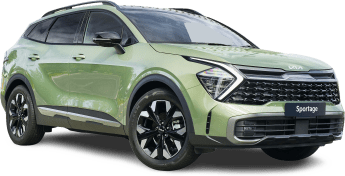
How practical is the space inside?
Kia has been kicking serious goals lately when it comes to interior design, comfort and materials. The Sorento is a stellar example of thoughtful and appealing design. Thankfully, the Sportage follows suit.
As is often the case, particularly with Kia and sister brand Hyundai, the higher grades make the entry-level models look like stripped out, bargain basement offerings.
While the Sportage GT-Line has high-end fittings and a massive connected screen, the base Sportage S has none of the fancy tech, a budget screen and it’s missing armrests and more.
However, we are assessing the GT-Line so best to compare with similar rivals.
There’s a lot to like in the cabin, from the soft-touch materials on the dash, to the gloss black and lovely grey woodgrain inserts. There’s no mistaking this for anything but the top-spec model.
Thank goodness for the digital air con controls that sit between the screen and console. You don’t have to fumble through a menu on a screen like some models.
The nicely laid out centre console houses a drive mode selector, seat heating and cooling controls, gear dial (don’t love) two sizeable cup holders you can convert into one big space, and a gear shifter dial instead of the lever found in lower grades.
.jpg)
Kia’s well-designed three-spoke leather-appointed steering wheel houses clear controls and it feels nice to touch.
Cool retro-looking air vents sit on either side of the main screen, which is curved. Actually, it’s two 12.3-inch screens side by side, seamlessly integrated. It’s an interesting approach from Kia, and it works.
The instruments are clear and configurable to show different vehicle information, but it lacks a head-up display. Kia might think it doesn’t require one, but it wouldn’t go astray.
Kia’s multimedia system is a winner. It’s intuitive, simple to navigate and the graphics and icons are modern and visually appealing. Every single one of Kia’s Japanese rivals, except maybe Mazda, take note.
Connecting the phone to Bluetooth is quick and easy and there were no connection issues with the wired Apple CarPlay. Hopefully Kia and Hyundai add wireless CarPlay to higher grade models soon. Many entry grades have the wireless set-up.
Storage-wise a phone fits neatly in to the wireless charging slot that has a sliding cover, and the central bin has enough room but it’s not huge. Same goes for the glove box.
Door bottle storage is tight up front and we couldn’t get thicker bottles in there.
.jpg)
The perforated leather-appointed front seats with synthetic suede look lovely and offer great upper body support, but could to with more under-thigh bolstering. Regardless, they are very comfortable.
Kia has stretched the new Sportage by 175mm in length compared to the old one, which has added 80mm to the wheelbase, and it shows. The second row is so much more spacious than the model it replaced. There’s plenty of toe, knee and legroom and the panoramic sunroof has no impact on headroom back there, even for my six-foot (183cm) frame.
.jpg)
Conveniences back there include lower air vents, two USB-C ports on the rear of the front seats, map pockets on both sides, a storage nook under the vents, a coat hanger hook on the seat backs and a very handy slot for a phone or tablet in the back of the front headrests. Oddly, bottles slot in to the doors more easily in the rear.
_0.jpg)
Rear seats have some upper body bucketing and are quite comfortable. The centre armrest folds down with two cupholders and the backrests recline. The 60/40 seats can be lowered easily via levers in the boot and they fold close to flat.
It has a full-sized spare wheel under the boot floor and shopping back hooks. With the rear seats up it can swallow 543 litres – more than the old one – and 1829L with the second row stowed. That’s more than the new Mitsubishi Outlander and slightly more than the Toyota RAV4.
What are the key stats for the engine and transmission?
This Sportage GT-Line is powered by a 2.0-litre four-cylinder turbocharged diesel engine pumping out 137kW of power at 4000rpm and 416Nm of torque at 2000-2750rpm.
In terms of outputs, it matches its mechanical twin, the Tucson, and it’s roughly in line with the VW Tiguan (147kW/400Nm), but it’s slightly down on the Mazda CX-5 2.2-litre diesel’s 140kW/450Nm.
.jpg)
All diesel Sportage grades come with all-wheel drive as standard and the transmission is an eight-speed automatic.
How much fuel does it consume?
According to Kia’s figures, the Sportage diesel consumes 6.3 litres per 100 kilometres on the combined cycle.
We ended our week of testing with 8.9L/100km, which is considerably more than the official claim. Granted, it was a week of very mixed driving – freeway, heavy traffic, inner city and back road testing – so you’d likely get better results in a less erratic week.
The Sportage emits 163g/km of CO2 and has a 54-litre fuel tank.
Warranty & Safety Rating
What safety equipment is fitted? What safety rating?
All Sportage variants come standard with autonomous emergency braking (AEB) with pedestrian, cyclist and junction detection, lane keep assist, lane follow assist, blind spot warning with rear cross-traffic alert, multi-collision braking, a safe exit warning, driver attention alert, speed sign recognition and a rear occupant alert.
The GT-Line adds a surround-view monitor, blind spot view monitor and reverse parking collision avoidance assist.
It is yet to be tested by ANCAP.
Kia’s driver assistance features are well calibrated, with the lane keep assist centring the vehicle between line markings for the most part, and the latest adaptive cruise control proving that it is more intuitive, and, as a result, much smoother, than the system Kia uses in older models like the Cerato.
You have to opt out of the lane keeping aid every time you start the car, and the reverse parking collision avoidance assist can be a little over-zealous if it detects passing cars or even a bush during urban parking manoeuvres, but aside from that the whole set-up is top notch.
What does it cost to own? What warranty is offered?
The Sportage comes with Kia’s seven-year/unlimited kilometre factory warranty, and free roadside assistance for one year.
It’s also covered by a seven-year capped-price servicing program that will cost approximately $3500 over the seven-year period. Service intervals are every 12 months or 15,000km.
What's it like to drive around town?
There wasn’t anything particularly wrong with the previous Sportage, but it was middle of the pack when it came to dynamics and overall driver engagement.
While I can only speak for the flagship GT-Line diesel here, it’s safe to say the new model represents a big improvement over the outgoing car.
Quite conveniently, I spent the week prior to the Sportage with the Hyundai Tucson Highlander diesel – the direct equivalent to the Sportage tested here.
While I found very little wrong with the Tucson, it lacked a level of driver engagement that gives a car that fun factor.
Despite the two models sharing so much of their underpinnings, the Kia manages to offer that playful dynamism lacking in the Tucson.
To start, the turbo-diesel engine is more responsive in the Sportage, even though the two have identical outputs. There’s a hint of turbo lag, but the Kia delivers its power and torque in a more linear manner.
This responsiveness comes in handy during daily driving around town, but it’s also useful if you need to overtake on a highway.
.jpg)
Steering is heavy even at low speeds and it feels like it pulls back to centre when turning. It could be a little looser on that front, but it’s direct when required.
One of the reasons for the more engaging driving characteristics is Kia’s local ride and handling program. The Sportage has been tuned by locals for local conditions and the team generally does an exceptional job.
The Tucson didn’t get the usual rigorous local tune from Hyundai’s specialists and that’s given the Sportage the edge.
It feels more planted to the road and given its GT-Line badge, it’s been tuned for more enthusiastic driving.
The Sportage doesn't skip on loose edges, even when cornering, and it remains remarkably flat through the twisty stuff.
The eight-speed auto does a good job for the most part, shifting smoothly, but it occasionally hunts for gears when the engine is pushed hard.
The ride quality also impresses. The Sportage is not bothered by speed bumps in urban areas or potholes. The 235/55 R19 tyres have a decent sidewall and help soak up these bumps.
.jpg)
Despite some noticeable road and tyre noise on coarse chip roads, the cabin has a good level of insulation and is generally hushed. The diesel isn’t as agricultural as some, too, so that helps with noise levels. And there was no vibration detected through the steering wheel.
One gripe is that the auto wipers are all but useless. Even when they are on the highest auto setting, they just don’t seem to detect the rain and you have to engage it manually.
Verdict
Kia has upped its game with the new Sportage, especially in this circa-$50,000 part of the segment. It is absolutely packed with comfort, tech and safety features and it’s hard to beat when it comes to value. The fact that it offers such an engaging drive experience is a bonus, and a credit to the local team. Look out Mazda CX-5 and Toyota RAV4, the new-gen Sportage may just be the new dynamic pick of the segment.
Pricing Guides



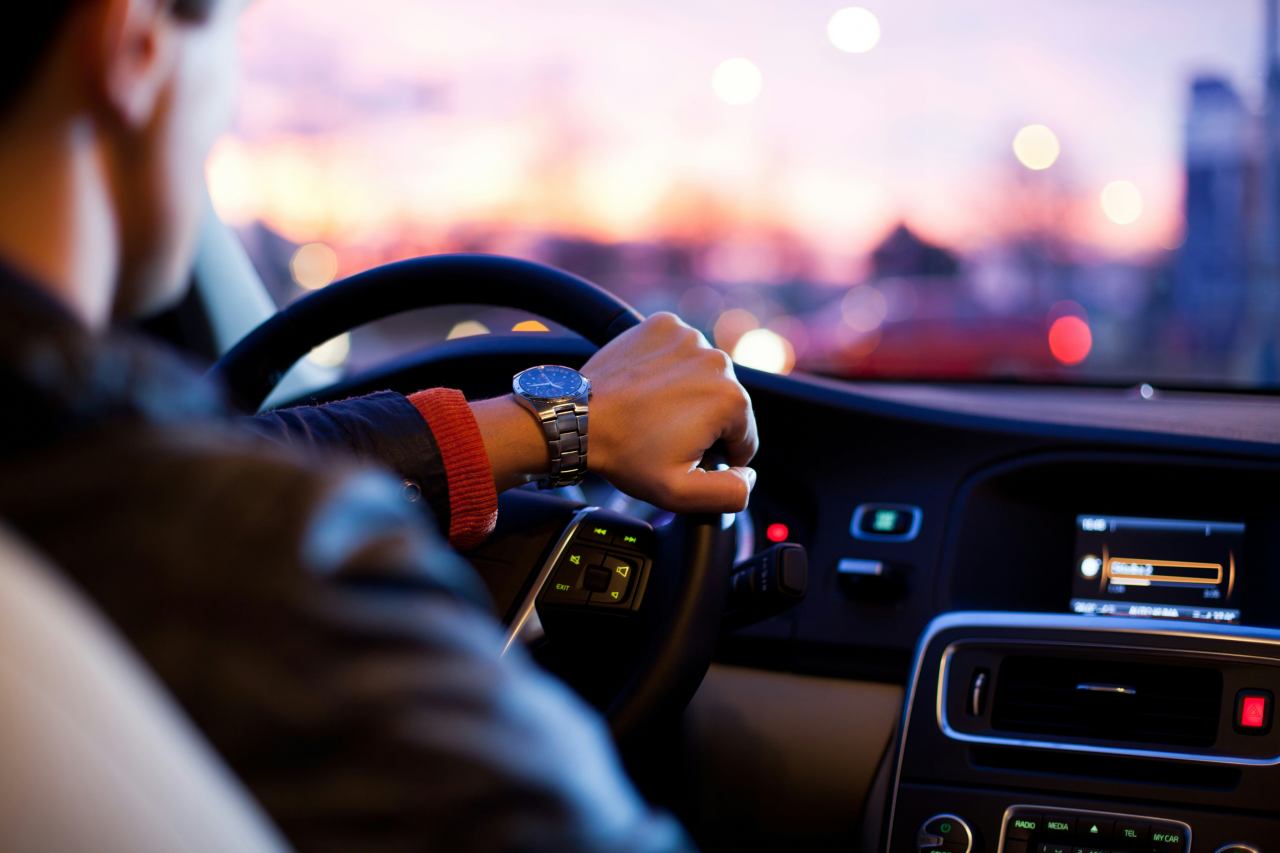
.jpg)

.jpg)
.jpg)
.jpg)
.jpg)
.jpg)
.jpg)
.jpg)








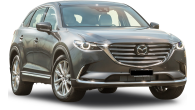




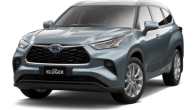



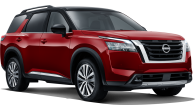

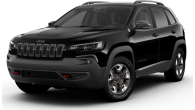





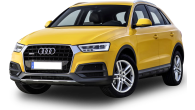




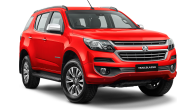






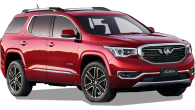
.png)

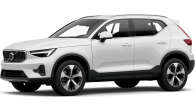


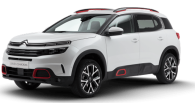



.png)


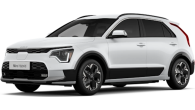




.jpg)
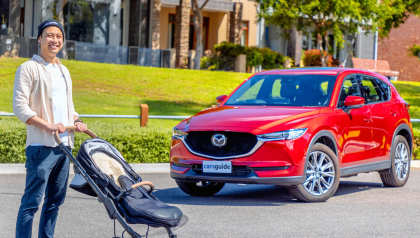
_0.jpg)
.jpg)


.jpg)
.jpg)
Comments